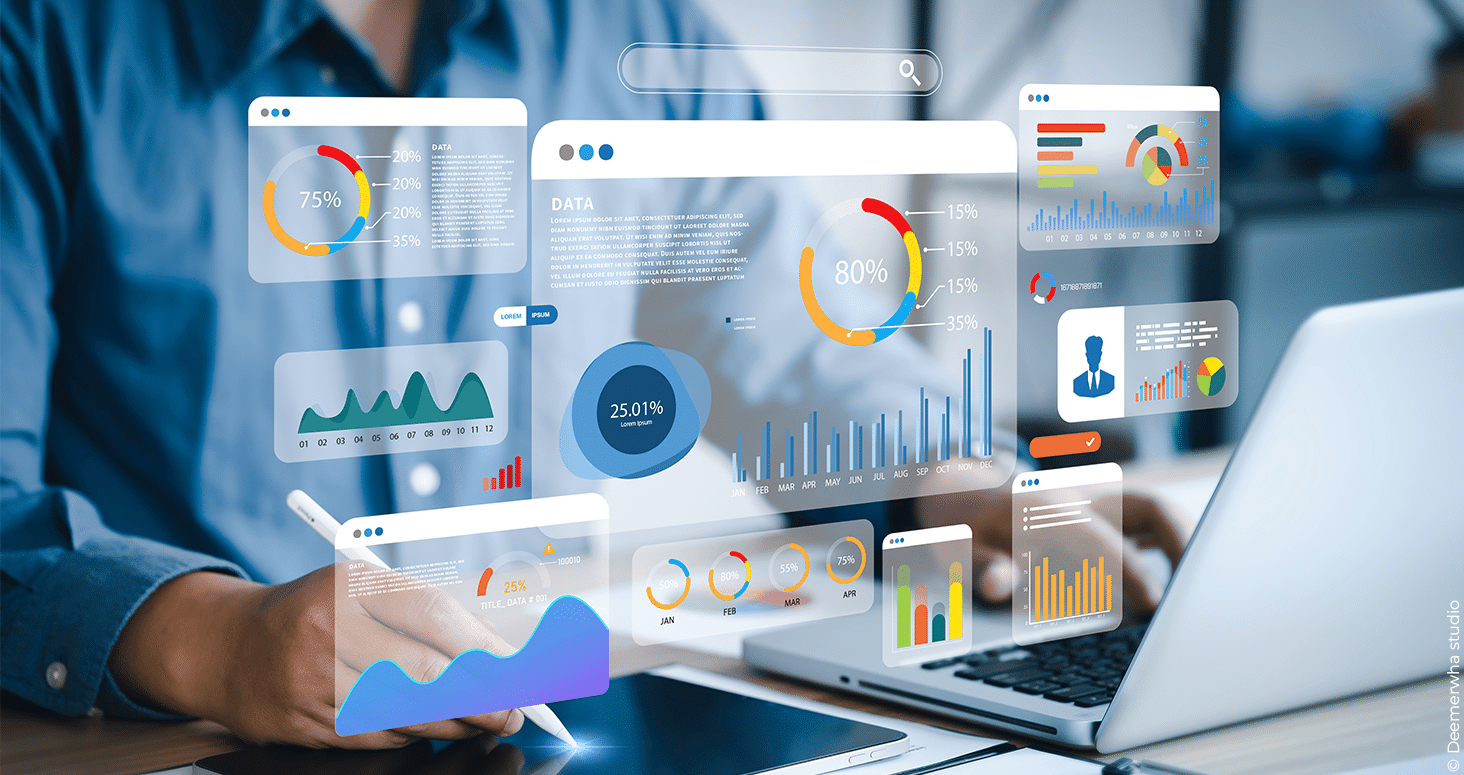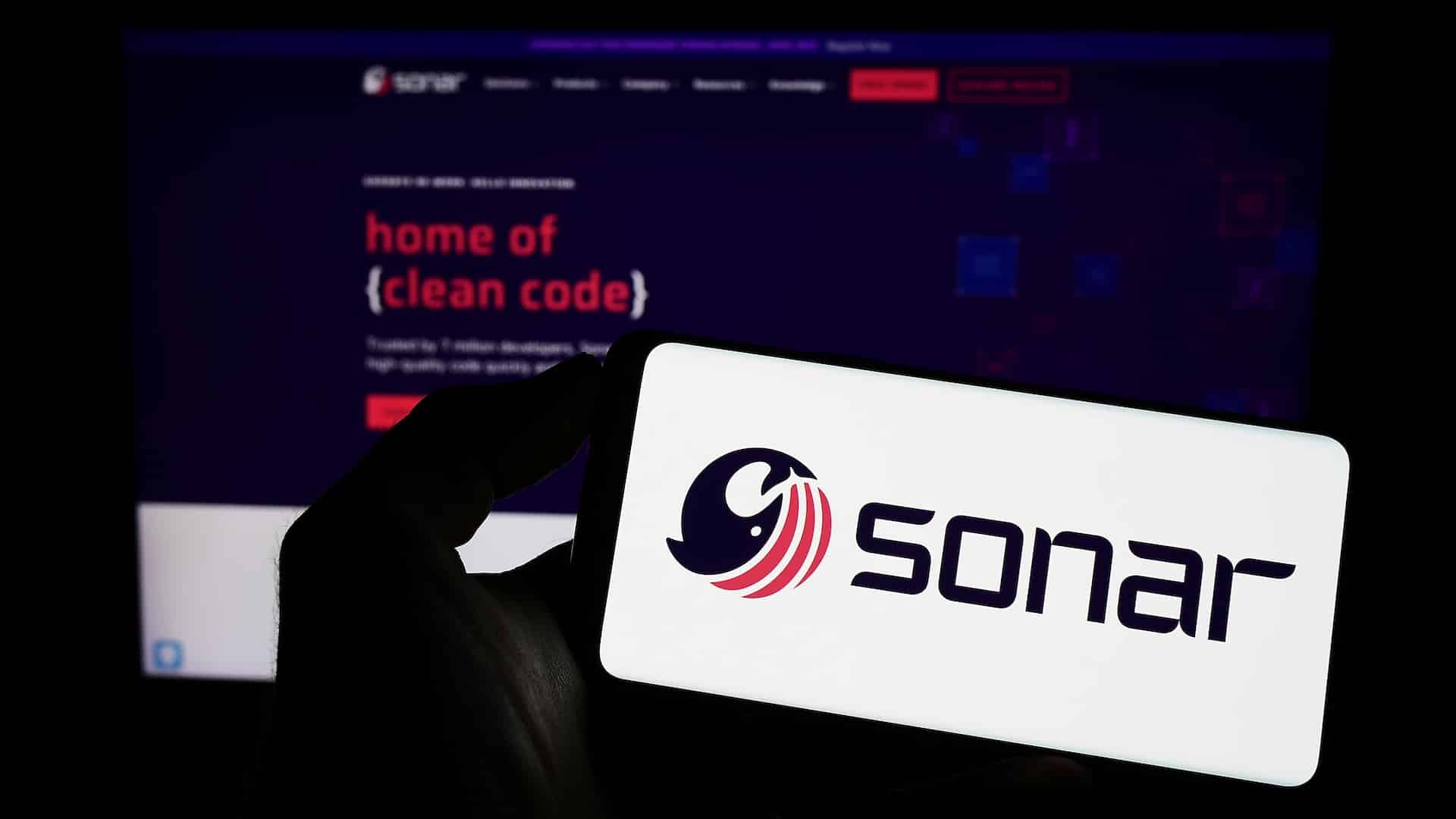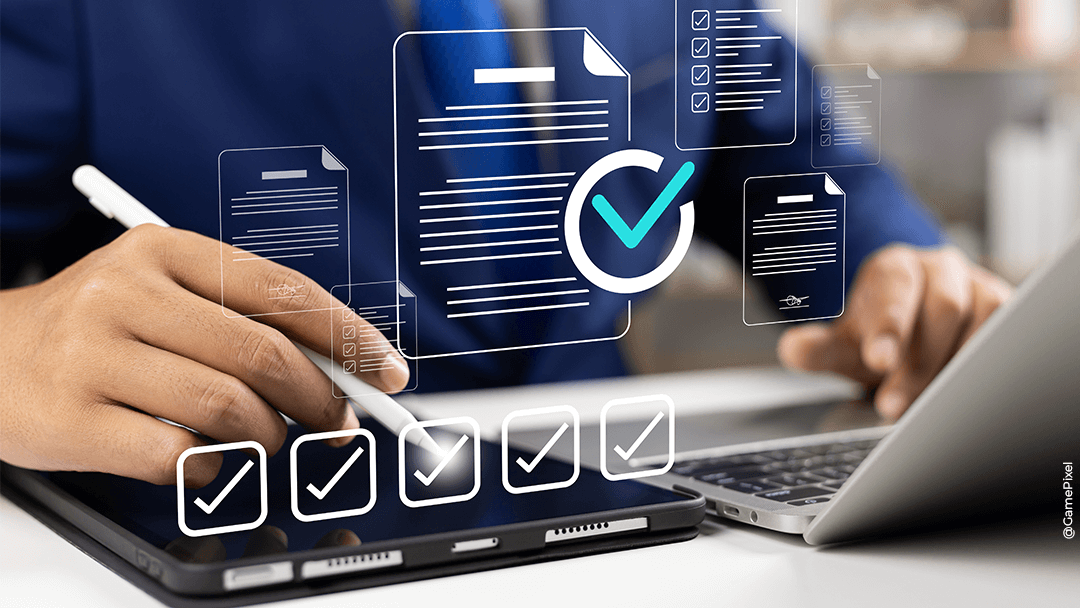Consolidating data at the core of a business is pivotal for informed strategic choices. Within this framework, auto-business intelligence (auto-BI) tools have become indispensable, granting users the freedom to access, analyse, and visualise data independently, without the reliance on IT professionals. This article looks at Self-BI tools, tracing their evolution and position in today’s market.
The transformation of Self-BI tools
Historically, Business Intelligence (BI) was a complex discipline, reserved only for technology specialists. The emergence of self-BI tools has changed the landscape, notably due to:
- Universal access: with the advent of auto-BI tools, even those without a data background can sift through data, generate reports, and design interactive dashboards with remarkable simplicity. b. Democratizing Data: These tools have broken down barriers, making the use of data accessible to all authorized company employees.
- Cloud hosting: Self-BI tools have migrated to the cloud, offering consistent availability, accessible at any time of day or night with just an internet connection.
Key features of Self-BI tools
Self-BI tools have seen significant advancements and now offer a range of advanced features. Here are a few notable examples:
These tools enhance data interpretation by offering vivid and comprehensible graphics.
There’s no need for expert knowledge to clean, merge, and transform data. Self-BI tools make these tasks much easier.
Users can design custom, interactive dashboards that present real-time data tailored to their unique requirements.
Numerous tools support data queries using a common language.
By incorporating machine learning, these tools empower users to forecast trends and unearth insights latent in the data.
Major market players
The Self-BI tool marketplace is a hotbed of intense rivalry, with legacy corporations and budding startups contending for dominance. A snapshot of the contenders includes:

A Microsoft product, Power BI has been garnering traction due to its flawless synergy with other Microsoft offerings and its dynamic visual capabilities.
Now under Salesforce’s umbrella, Tableau garners praise for its intuitive, user-friendly visuals that cater to a broad spectrum of users.


A mainstay in the industry, QlikView provides a data model enabling users to mine data dynamically and interactively.
As part of the Google Cloud suite, Looker zeroes in on sophisticated analytics and deep data exploration.

Market trends and outlook
The market for Self-BI tools is evolving rapidly, and promising trends are emerging. These include:
- Enhance analytics: with the aid of artificial intelligence, Self-BI tools are set to streamline analytical processes by simplifying complex tasks.
- Integrated analytics: Self-BI tools will tend to integrate with various applications to facilitate access to data without leaving the work environment.
- Data management and security: as data usage swells, the need for robust data management protocols and stringent security measures will become essential to protect information and ensure compliance.
Self-BI tools have revolutionized the analytical landscape by democratizing data access for everyone. Their user-friendly interfaces, captivating visuals, and much-appreciated accessibility have catapulted them to widespread acclaim. As the market landscape shifts, Self-BI tools will further solidify their position as crucial instruments, empowering businesses to maintain a competitive edge through data-driven decisions.
Yet, how do these tools, such as Power-BI, QlikView, Looker, and Tableau, truly differ from one another? What factors should guide your decision when selecting the most apt tool for your objectives? We’ll be talking about it in an upcoming article!








